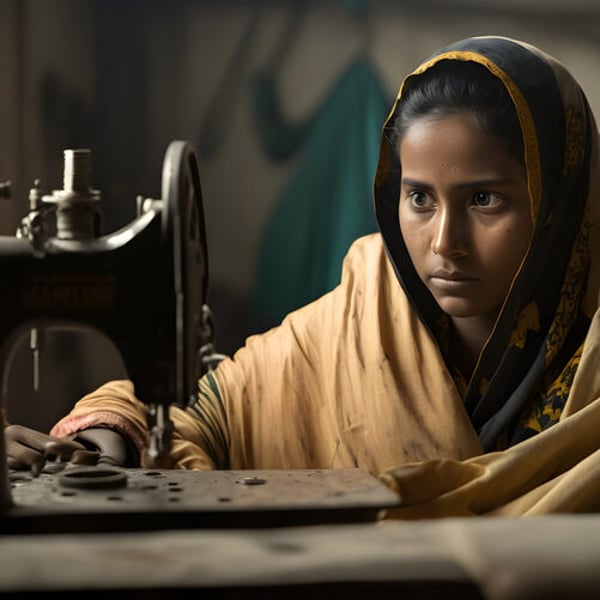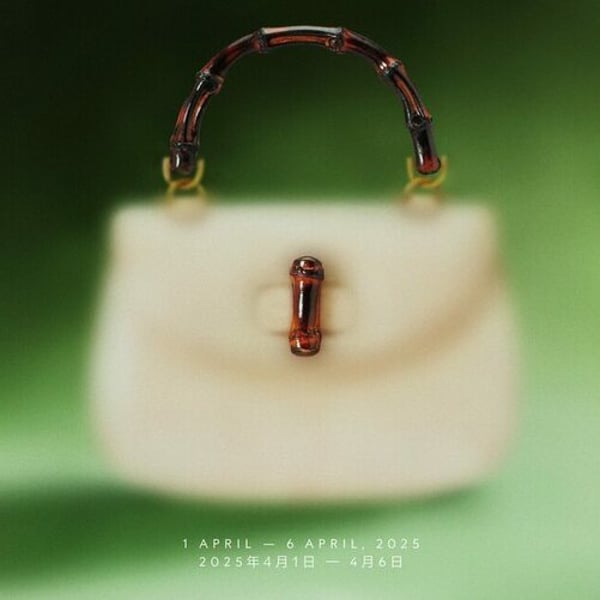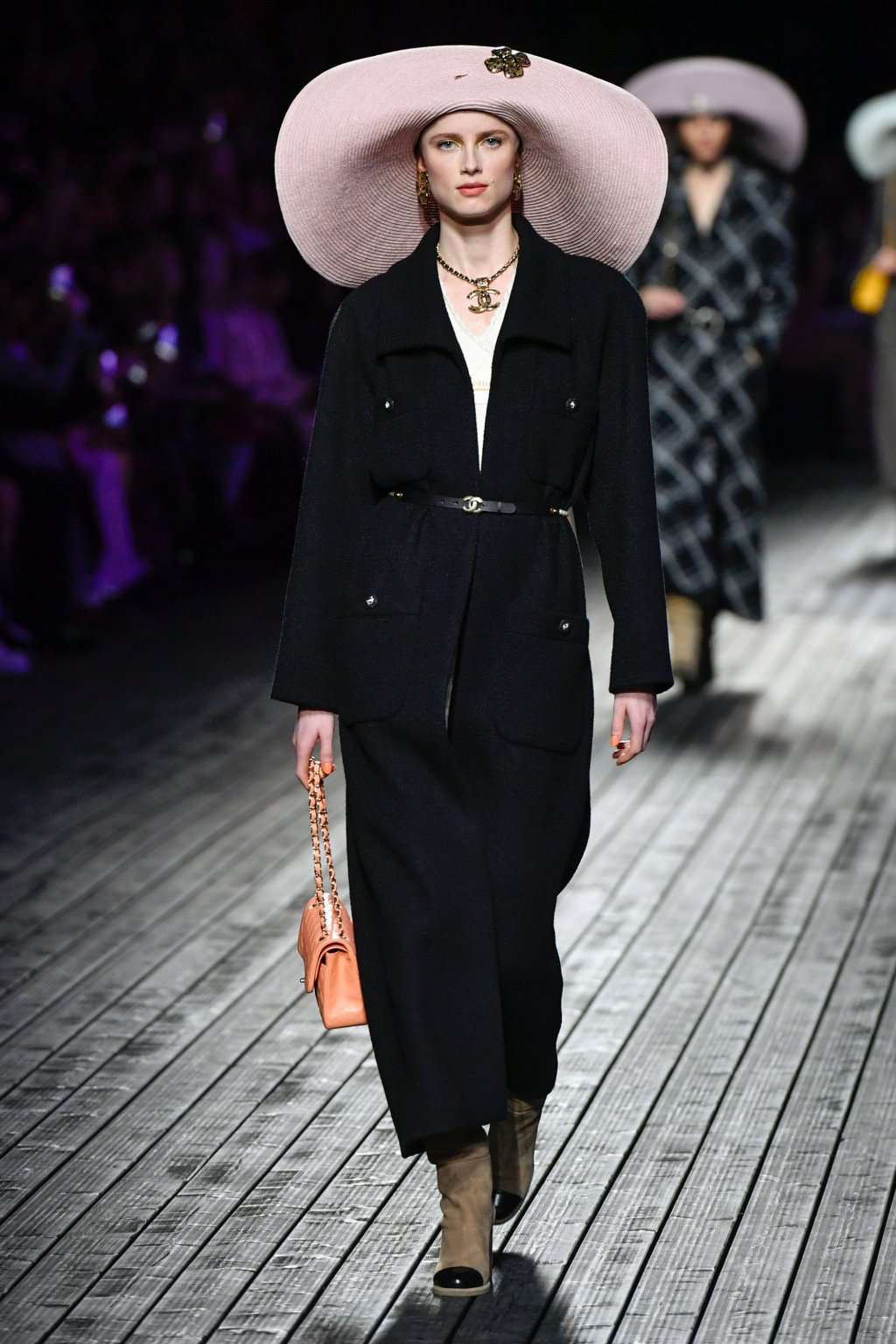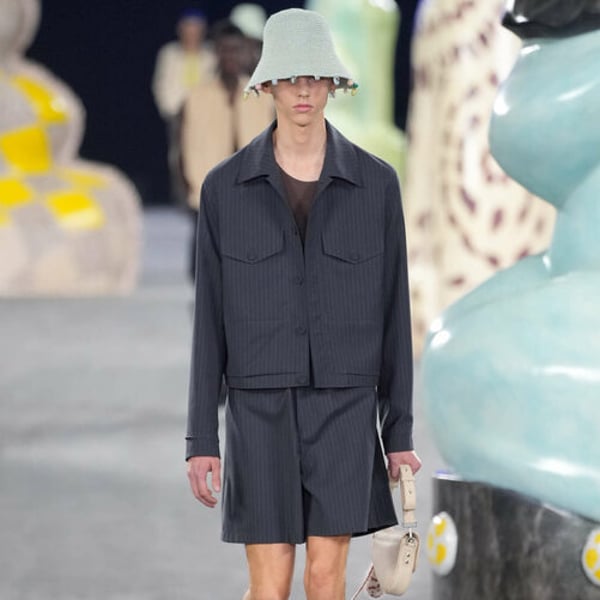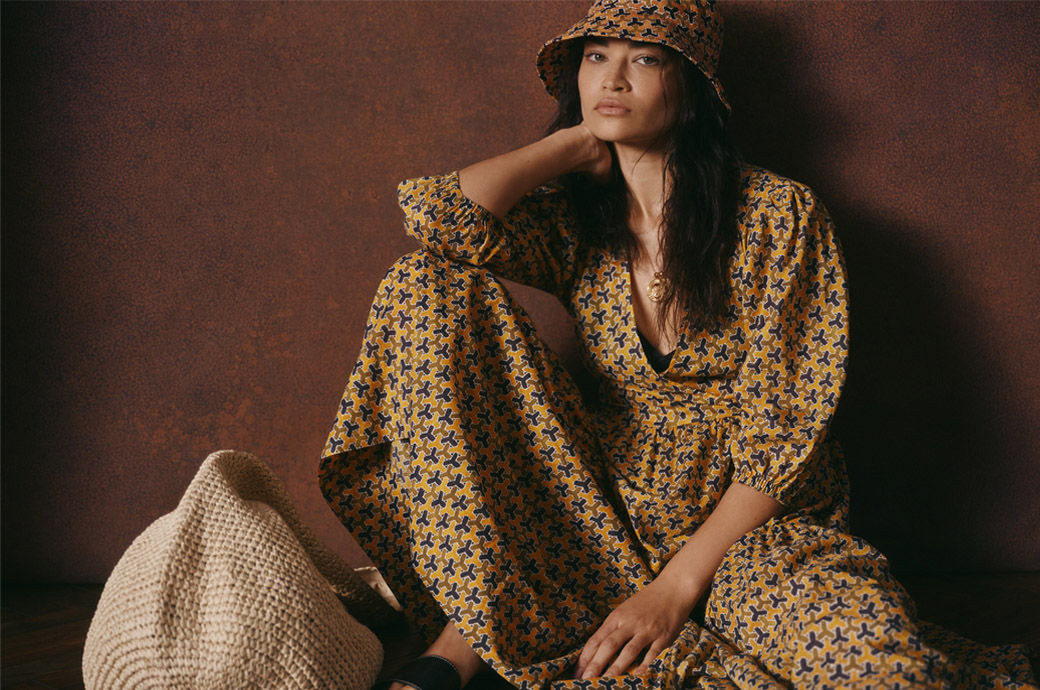By
Bloomberg
Published
October 15, 2025
Luxury may not exactly be back, but it's certainly moving in the right direction. That's the message from LVMH Moet Hennessy Louis Vuitton SE, the world's largest seller of high-end products. However, just as investors overly punished the sector earlier in the year, they may now be betting on a splashy bonanza that could prove elusive.
LVMH reported Tuesday that sales excluding currency movements and mergers and acquisitions rose 1% in the three months ended Sept. 30, the first revenue increase this year. Organic sales at the major fashion and leather goods division declined 2%, but this was much better than the 3.5% drop analysts expected and the 9% drop in the second quarter. Shares gained as much as 14% in early trading on Wednesday.
LVMH's performance underscores that the worst is probably over for luxury. U.S. demand has recovered since April, when even wealthy shoppers went on a buyers' strike, driven by the combination of sharp increases in the price of handbags and falling stock markets in the wake of U.S. tariffs. With stocks rallying, Americans are buying more champagne, and not just because they're stockpiling before taxes rise. And as the United States recovers, the other engine of growth, China, is stabilizing, with sales of designer clothing and handbags on the continent turning positive in the third quarter.
While LVMH benefited from the difficult conditions a year ago, its own initiatives are bearing fruit, such as The Louis, a ship-shaped store in Shanghai that is not only becoming a tourist attraction but also boosting luggage sales. New designers, including LVMH's Dior and Celine brands, are creating buzz around fashion once again.
And the improvements don't just come from price increases. Wealthy buyers are back and buying. The more encouraging backdrop explains why luxury stocks have rallied. LVMH shares are up almost 24% in the last six months.
Luxury stocks were clearly oversold at the start of the year amid fears that demand had been permanently hit by so-called “greed” by big brands. But just as investors were overly pessimistic then, they may now be getting ahead of themselves.
Aside from a few pieces from Demna Gvasalia's first collection for rival Kering SA's Gucci – available only for a little over two weeks to boost appeal – and LVMH's Celine, most of the fashion products shown on the catwalks won't appear until early next year.
Meanwhile, sales in the coming months will be compared to those of the final quarter of 2024, when exuberance after the U.S. election sparked a wave of demand for Cie Financiere Richemont SA's Cartier watches and scarves from Britain's Burberry Group Plc.
And just as the prospect that tariffs – and the resulting stock market declines – will end last year's recovery, there is a danger that a return of trade tensions, recent swings in stocks and cryptocurrencies turning into a deeper decline or a rebound in US unemployment could undermine high-level spending this time.
But the most important factor that will determine whether the luxury resurgence is sustainable is China. LVMH said that while domestic sales to Chinese buyers were now expanding by a mid- to high-single-digit percentage, its overseas spending, which tends to be more extravagant, is still seeing a double-digit decline.
Even if a recovery occurs, it may not be felt evenly across the industry. LVMH, given its considerable scale, should be a winner. It has two of the most talked about new designers: Dior's Jonathan Anderson and Celine's Michael Rider. The company also announced Tuesday that former Dior designer Maria Grazia Chiuri would become Fendi's creative director. You can use your marketing influence to stay at the forefront of consumers' minds, as demonstrated by the success of The Louis.
In the case of rival Kering, the change depends mainly on Gucci designer Demna. It's off to a good start, but the brand needs to build on that initial promise. Meanwhile, those companies that have thrived in a market dominated by jewelry and low-key fashion may not fare as well in a revival. Hermes International SCA tends to do better in difficult times because it enjoys greater demand for its bags (Birkin, Kelly and Constance) than it can satisfy. But its production limitations mean it can't sell many more of those bags during boom times.
Richemont has also been riding the jewelery wave, as price increases for handbags have made knick-knacks a better value. But more moderate price increases for leather goods, as well as creative revision, mean more competition for jewelry.
For now, high-end demand looks brighter than it has in the past two and a half years, despite the brief post-election boom. But as anyone fond of the latest trends knows, fashion is notoriously fickle. Luxury investors will hope the nascent recovery is the start of a lasting trend, not a dopamine-fueled surge that will quickly evaporate.

